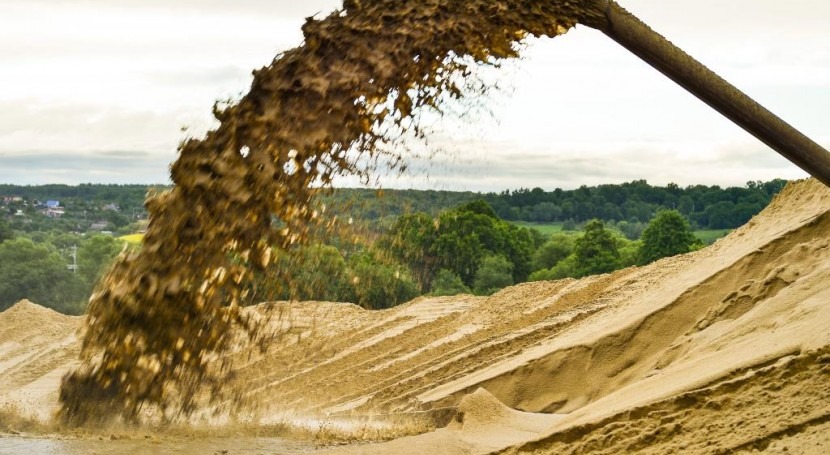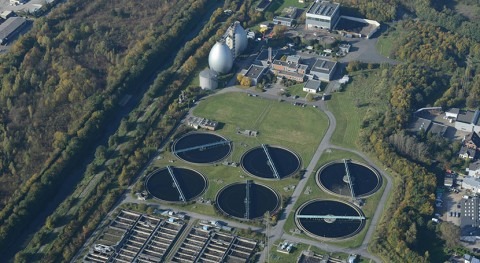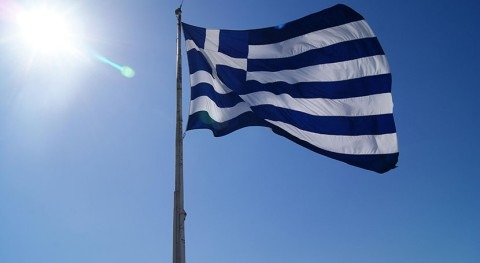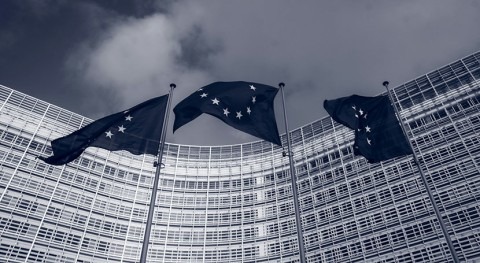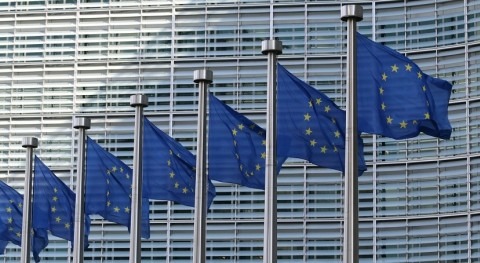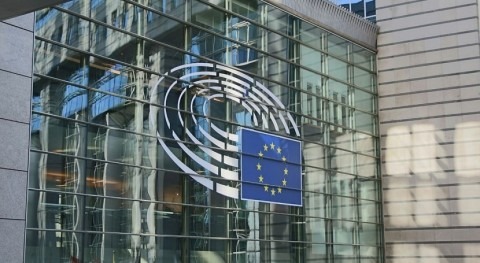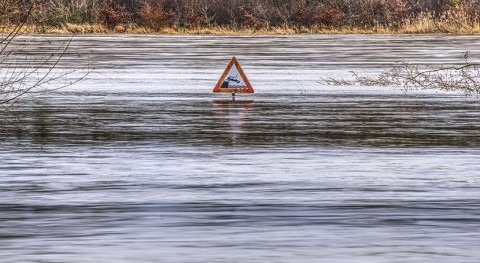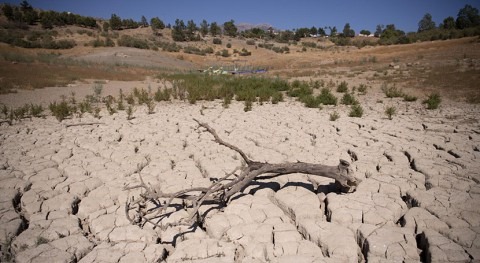A new reference document will help competent authorities in the EU to ensure safety and lower the environmental impact from the management of waste from extractive industries.
It applies to around 10,000 permitted extractive waste facilities.
The new reference document is the result of a review of the Reference Document on Best Available Techniques (BAT) for Management of Tailings and Waste-Rock in Mining Activities. The review was published by the European Commission on 18 December 2018 as a JRC science for policy report entitled Best Available Techniques (BAT) Reference Document for the Management of Waste from Extractive Industries (MWEI BREF).
The document covers the management of extractive waste from all onshore extractive industries, from small quarries to large metal mines, and including oil and gas exploration and production. That represents more than 30,000 mineral resources extraction sites in the EU-28, and 10,000 permitted extractive waste facilities.
Best available techniques for the management of waste from extractive industries
The document, and more specifically the BAT conclusions section, provides competent authorities with the technical basis to be considered when setting permit conditions for the extractive waste facilities, while taking into account the technical characteristics of each waste facility, its geographical location and the local environmental conditions.
The document contains 57 BAT conclusions, of which 10 generic and 47 risk-specific, addressing 25 generic and risk-specific objectives, and providing information about almost 200 techniques.
It provides up-to-date information on the latest development in the planning, design, operation, closure and after-closure of extractive waste facilities, to help ensure short-term and long-term structural stability.
In addition the BREF contains summary tables that provide operators and competent authorities with exemplary achieved and reported performances along with reported monitoring parameters and frequencies, in particular for structural stability and extractive waste influenced water treatment.
Preventing and reducing negative effects on the environment and human health
The main objective of the BAT conclusions is to prevent or reduce as far as possible any adverse effects on the environment and human health resulting from the management of extractive waste.
The section with BAT conclusions includes:
- generic BAT on corporate management,
- extractive waste characterisation,
- identification of extractive waste site and management options,
- environmental risk and impact evaluation and waste hierarchy to improve the overall environmental performance of the extractive waste management operation,
- risk-specific BAT on the structural stability of the extractive waste deposition area,
- the physical and chemical stability of extractive waste,
- BAT on the prevention or minimisation of groundwater status deterioration and soil pollution, surface water status deterioration, or air pollution, and
- BAT on prevention or minimisation of any other adverse effects on human health, flora and fauna.
The novel risk-based approach aims at reflecting the diversity of extractive waste types, sites and operators, and at covering a broad range of potential risks to be considered by operators responsible for the management of waste from extractive industries.
The new approach implies that the deployment of techniques is adapted according to an evaluation of the environmental risks and possible impacts. The evaluation should be updated over time to reflect changes in the operation or closure and after-closure and background conditions, based on the monitoring findings.
Background information
The MWEI BREF has been drawn up within the framework of the implementation of Directive 2006/21/EC on the management of waste from extractive industries.
It is a technical document representing the results of the exchange of information, organised by the European Commission, on BAT for the management of extractive waste and associated monitoring, provided for in Article 21(3) of Directive 2006/21/EC.
About 200 experts from 23 EU Member States and Norway, 13 European industry associations, non-governmental organisations promoting environmental protection and the European Commission have been involved in this exchange of information, which started at the end of 2013. They contributed to the drawing up and reviewing of the MWEI BREF by participating in a technical working group, based on the procedures laid down in the COM Implementing Decision 2012/119/EU, also known as the Sevilla Process.


